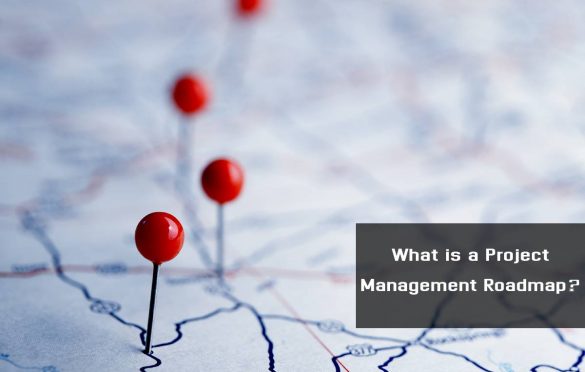
What is a Project Management Roadmap?
Table of Contents
Project Management Roadmap
A project roadmap is a high-level graphical overview of a project’s goals and outcomes, presented on a timeline. Unlike the project plan, where the details are detailed, the roadmap should be simple and free from small details. This makes the project roadmap a useful tool for managing stakeholder expectations as well as communicating plans and coordinating resources with other teams.
The project roadmap should contain the following:
- Project goals and objectives
- Chronology with indication of the chronology
- Milestones and important results
- Potential risks
- Dependencies
Why do you Need a Project Roadmap?
When you start a project, chances are you have a lot of variables to keep track of. How do you manage all of your content? How is the work distributed among the members of your team? More importantly, how do you keep track of many tasks, ideas, and resources without getting lost in the details?
The roadmap gives an overview of the project without going into the small details. This makes it an essential tool for project managers tasked with keeping stakeholders informed about the scope and progress of a project.
Construction roadmap – Define your construction goals and deliverables and prepare a strategic plan with major steps you need to take in order to reach them – with the project roadmap, you can visualize all your strategic project management initiatives on a Gantt chart timeline right away.
Basically, a project roadmap is useful for anyone who needs a macro view of a project. It is an important project management tool because it also helps in developing a more comprehensive project plan.
How can a Project Roadmap help you?
Here are several ways a project roadmap can help you manage your project:
Communicate your goals to your team
A project roadmap is a very visual document that clearly describes the goals and objectives of your project. Once your team understands their goals, it will be easier for them to focus on specific tasks.
It also provides an overview of the project that can help you and your team estimate the time it will take to complete each step of the project. In addition, it reminds your employees of the raw project data so that they are not distracted during execution.
Recognize the priorities
A project management roadmap can help you identify the stages in your project that require the most attention. It can also give a rough idea of the difficulty and effort required. Usually the further development of these stages leads to product maps.
Product roadmaps are similar to project roadmaps except that they provide an overview of the vision and lifecycle of a specific product.
Communication with stakeholders
KPMG’s project management survey found that only one in three organizations develop projects that can satisfy stakeholders.
This frustration is due to stakeholder expectations that teams will adapt to minor changes in the execution process. As a result, projects deviate from their original goals, resulting in decreased productivity.
A project management roadmap helps you avoid communication issues between stakeholders and your team by making sure everyone is on the same path. He can also explain to stakeholders the steps that have been taken during the project.

